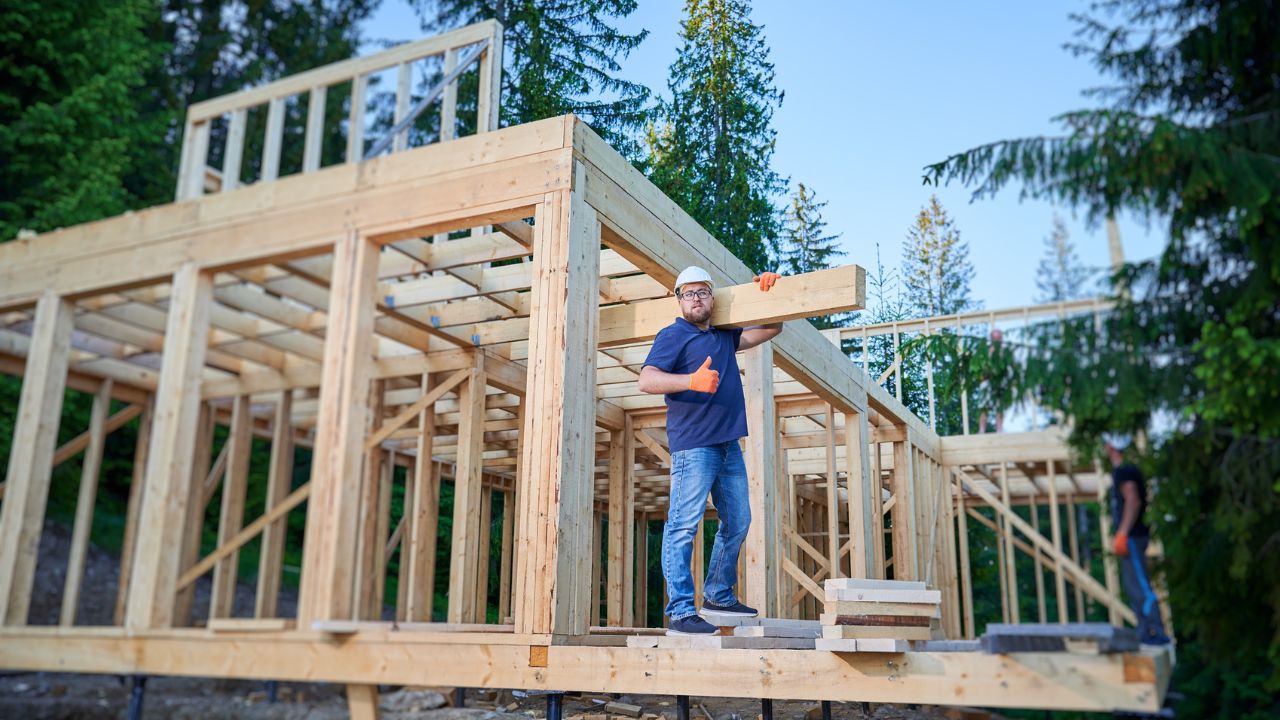The Albanese Government has announced a pause on further residential changes to the National Construction Code (NCC) until mid-2029, in a bid to cut red tape and accelerate the delivery of new homes.
The move is part of a broader reform package aimed at addressing Australia’s housing shortage, following warnings that lengthy approval processes are holding back supply.
Housing Minister Clare O’Neil said the reforms were about removing obstacles for builders and prioritising delivery.“
It’s too hard to build a home in this country,” she said.
“We want builders on site, not filling in forms to get their approval. In the middle of a housing crisis a generation in the making, we want builders building good quality homes of the future – not figuring out how to incorporate another set of rules.”
The pause will not affect essential safety or quality changes and retains the 7-star energy efficiency standards introduced in 2022.
During the freeze, the government will consult on ways to streamline the 2,000-page code, including the use of AI to make it easier to navigate, reducing barriers to prefab and modular housing, and reviewing how often future updates are introduced.
Environment and Water Minister Murray Watt said the reforms would also fast-track federal environmental approvals for housing projects, with more than 26,000 homes currently awaiting clearance.
“Through this combination of new measures, the Albanese Government will deliver faster decisions that will unlock new homes more quickly where it’s appropriate to do so,” he said.
“Fast-tracked projects will continue to be required to meet all environmental requirements, but they will incentivise developers to provide required information upfront.”
Industry leaders welcomed the government’s reforms but stressed that implementation would be the real test.
Master Builders Australia chief executive Denita Wawn said the NCC pause and commitment to faster approvals were long-awaited changes.
“These are big wins for our industry and for all Australians,” she said.
“But the test now is delivery. Every day of delay adds cost and pushes the housing crisis further out of reach.”
Property group Oliver Hume also endorsed the measures but warned that they did not address the fundamental cause of the crisis.
Chief executive Julian Coppini said the housing shortage was “a supply crisis” and that demand-side incentives alone would not solve it.
“The Federal Government’s decision to accelerate its response to the housing crisis by pausing the National Construction Code changes and expanding the first-home buyers scheme is a welcome acknowledgment that urgent action is needed,” he said.
“However, while these measures provide some short-term relief for affordability and accessibility, they do not fundamentally address the central issue driving the crisis: the chronic undersupply of new homes.”
Mr Coppini said Australia needed a coordinated national strategy to unblock the pipeline of new housing.
“Lengthy approval processes, complex planning systems, and inconsistent policies across jurisdictions continue to hold back the timely delivery of land and housing to the market,” he said.
“Every month of delay adds to the cost of development and reduces the supply of homes available to Australian families.”
With building approvals up almost 30 per cent on last year, the government argues that progress is already visible.
But with industry still voicing concerns about delays, workforce shortages and the lack of firm timelines, the success of the reforms will ultimately be measured not by policy changes, but by the number of homes that make it from approval to completion.

